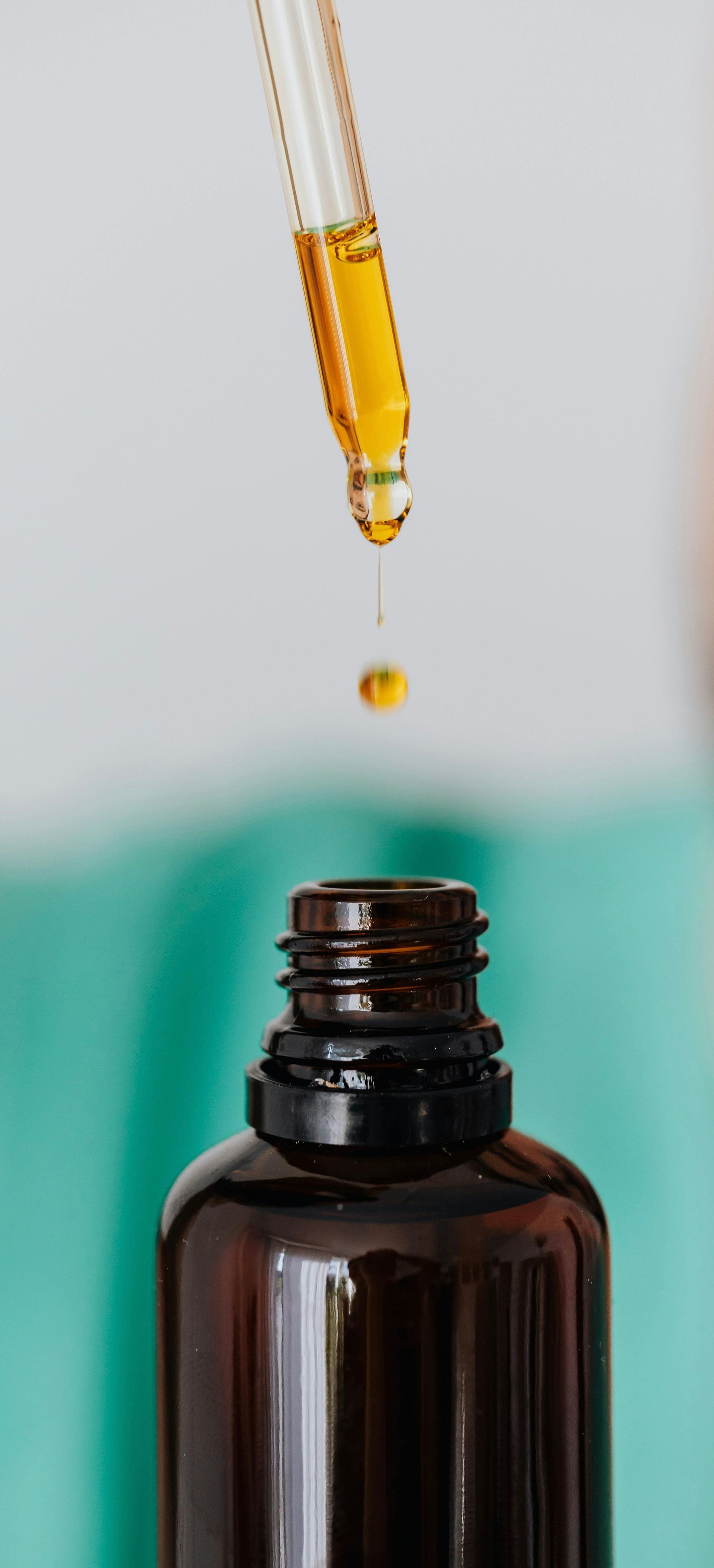Hormonal Bloodwork Demystified
January 7, 2022
Tea Time with Jo | Hormonal Bloodwork Demystified
It makes sense to want to have blood work drawn to check for hormonal balance regardless of whether the patient is trying to assess hormonal health or looking to conceive. Unfortunately, most of the time when patients go to their doctors and request bloodwork, the response they get from their provider is more likely related to what the insurance will pay for and not what the patient actually needs. Furthermore, even if the provider agrees to run the bloodwork, they may not run a full panel and the patient has no way of knowing this because they are trusting their provider to do a thorough job.
I think a well educated patient is in a better position to advocate for themselves. Below, I will list the hormone levels that I like to see for the majority of my patients. I will also list an average of the healthy ranges I like to help my patients achieve. Before we begin, it is imperative to know that, unless otherwise specified, the following bloodwork should be drawn on day 3 of your cycle (CD3) if you are still menstruating. If you are not having regular cycles or have stopped menstruating altogether, you may run the blood work whenever you wish. The values suggested below refer to an unmedicated cycle (without hormonal birth control, IUI or IVF drugs).
It is important to note that this post is not exhaustive and should not be used to self-diagnose any potential health concerns. Working with a qualified provider is highly recommended.
E2-Estradiol
Estradiol is secreted by developing ovarian follicles. This measurement is used to assess ovarian reserve and also aid in identifying where the person is in their cycle. For CD3 testing, healthy values may range from 10-80 pg/mL. High levels may indicate the presence of a cyst.
LH-Luteinizing Hormone
Produced by the pituitary gland. Induces the release of a follicle. On CD3, normal levels should be below 7mIU/mL. LH levels increase as ovulation approaches and can reach levels higher than 20mIU/mL
when within 48 hours of ovulation.
FSH-Follicle Stimulating Hormone
Produced by the pituitary gland. Ripens/Matures the eggs before ovulation. Also used to assess ovarian reserve. On CD3, levels should be below 10 mIU/mL. Levels significantly above 10mIU/mL
may indicate low ovarian reserve especially when coupled with low E2 levels.
AMH-Anti Mulleiran Hormone
Secreted by developing follicles, AMH plays a role in follicles moving from primordial to primary stage (recruitment for ovulation). This value is widely used as the most important factor in determining ovarian reserve. However, it is important to note that AMH levels can fluctuate with every cycle
despite most providers saying that it doesn’t. Please do not be discouraged if your levels are not as high as your provider thinks you should have for your age. I often see low levels being used to push patients into IVF unnecessarily. Healthy levels have a wide range depending on many factors. I like to see at least 0.8ng/mL. Levels that are high (above ~4ng/mL, may indicate PCOS, see below for more details). AMH can be tested at any time.
Prolactin
Produced in the pituitary gland. Stimulates breast milk production. Abnormal levels can interfere with ovulation and cycle regularity. Healthy levels, when not pregnant or breastfeeding, should be below 24ng/mL. Can be tested at any time.
TSH-Thyroid Stimulating Hormone
One of the factors used to measure thyroid function. While the range for “normal” is quite wide, a level of 1-2.5mIU/L
is better for fertility, in my experience. Can be tested at any time.
LH:FSH ratio
The relationship between these two values can be very helpful in determining if a patient has PCOS. Normal LH to FSH ratio is ~1:1. If LH values are twice as high, or higher, than a healthy FSH value, this may indicate PCOS, especially if coupled with a high AMH. The best time to see this ratio accurately is CD3.
Cycle Day 21 (CD21) aka Progesterone (P4)
Progesterone levels are very indicative of the process of ovulation during the cycle. The value is close to zero on CD3 and increases post ovulation. Doctors often will refer to this test as Cycle Day 21 testing because the test should be drawn 7 days post ovulation. Since ovulation is grossly assumed to happen on cycle day 14, it is assumed that cycle day 21 is the best time to check for P4. In actuality, the ideal time to test this hormone is 7 days after you suspect you have ovulated. For example, if you ovulated on CD20, then you should test for P4 on CD27, not CD21. If you have been tracking ovulation with your BBT or Ovulation Predicting Kits (OPKs), narrowing this day down might be easier (stay tuned for a post on that). Normal levels when taken 7 days after ovulation should be greater than 10ng/mL. Please note that this level may change depending on how close you are to 7 days post ovulation. If you tested 6 days after, rather than 7 days after, your levels may be lower, for this reason, I prefer patients to test for progesterone later, rather than earlier. Since progesterone levels can confirm whether or not ovulation has actually occurred, I would rather a patient have their blood drawn 8 or 9 days after ovulation (if they can’t make it to the lab on day 7).
While there are other tests that can be drawn, these are what I consider to be the most vital in assessing fertile health, which tends to be ideal for menstrual health. If you are not having periods, and are not peri-menopausal, you may want to consider having other hormones tested such as Leptin, Testosterone, DHEA-s, and SHBG. You are within your rights to request that your provider run these labs for you and include as many of them as you can do at one time. I don’t know about you but if you hate having your blood drawn, they might as well get as much info as they can in one go, amirite? At the end of the day, each one of these labs is just a checkmark the provider needs to add to their requisition form from the lab. If you are not working with a provider, I highly suggest finding a Functional Medicine practitioner, Naturopathic Doctor or Fertility Acupuncturist (obviously), that can help navigate these results with you. You may also want to look into online or independent labs that will run these tests for you for a lower out of pocket cost than going to the doctor’s office. You can take control of your own health and baseline bloodwork like this, is a good place to start.










